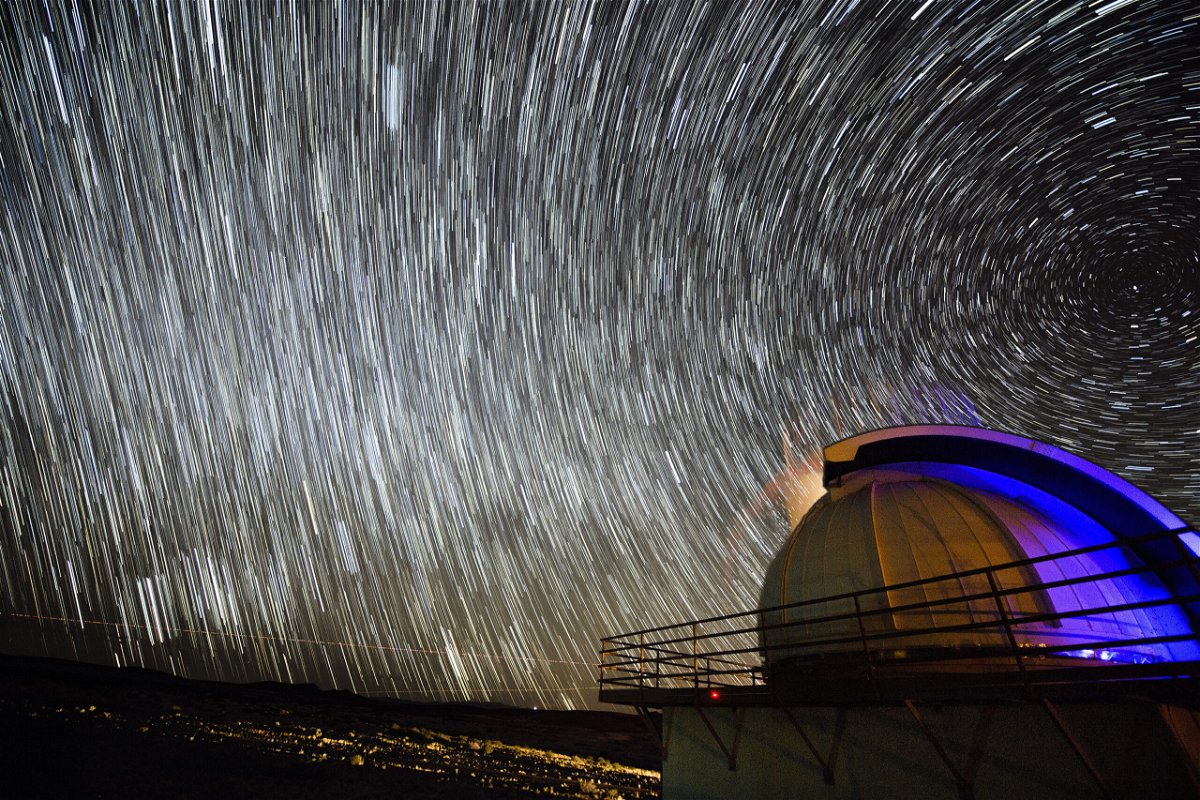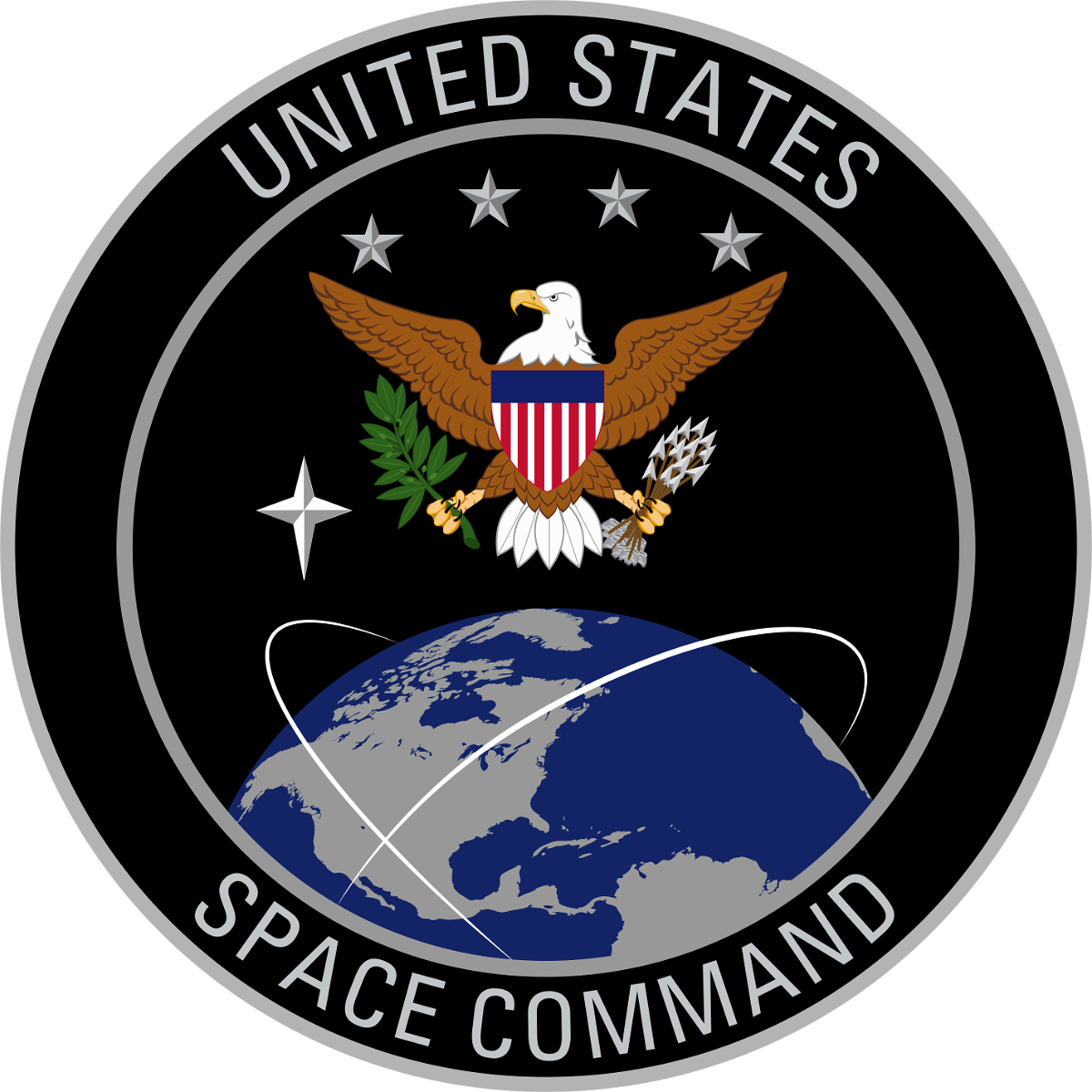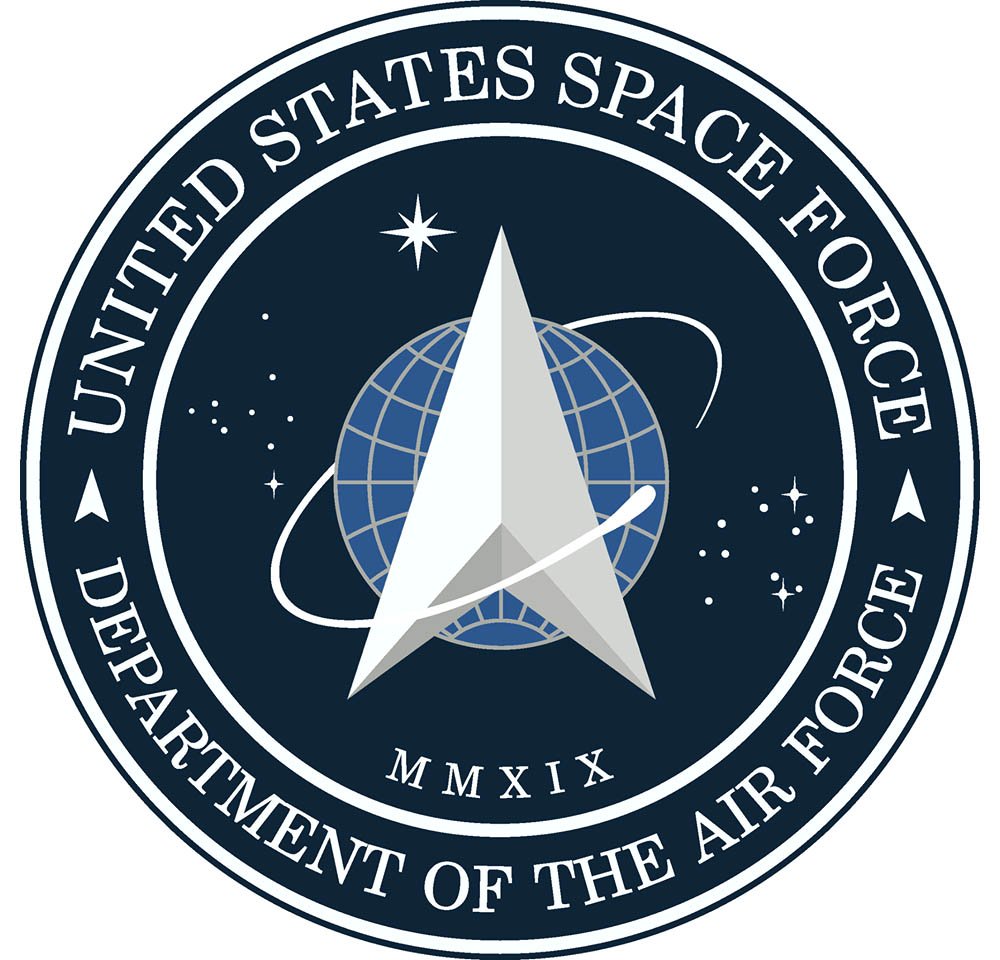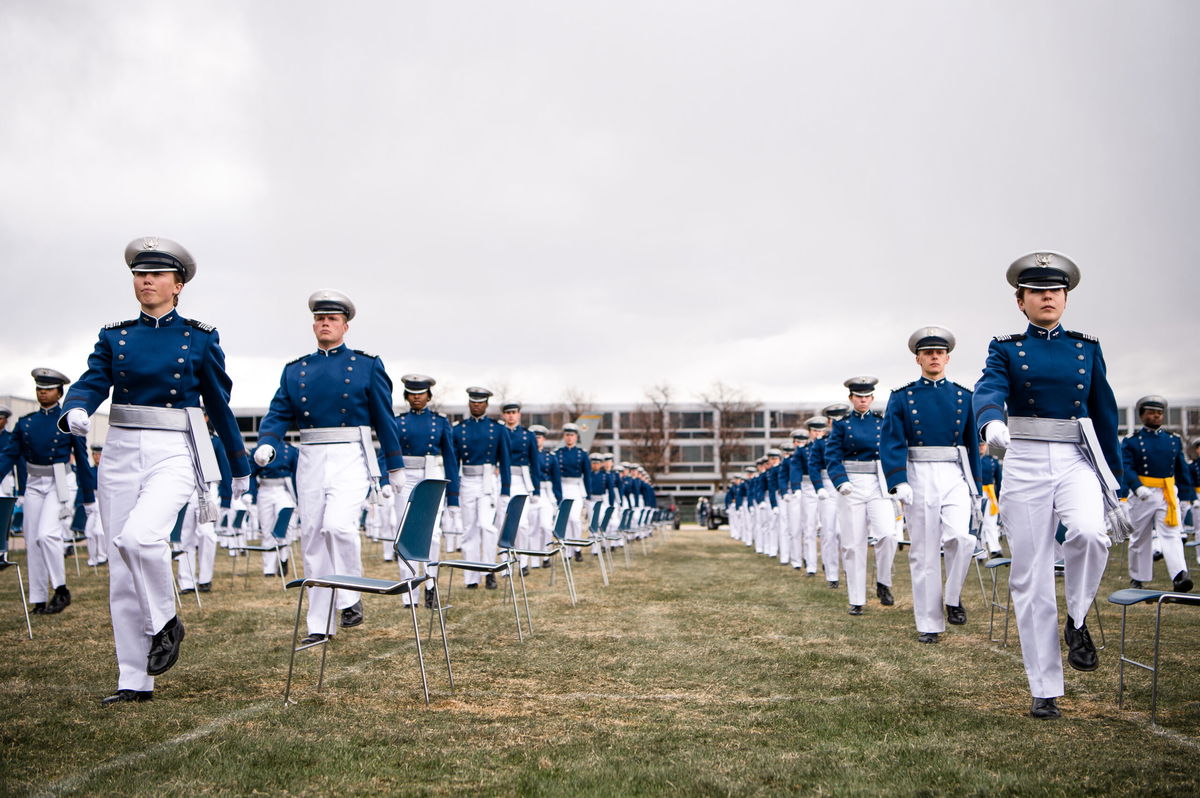Space Force or Space Command: What’s the difference?

With both the U.S. Space Force and U.S. Space Command being created within a short period of time, and with both having a significant presence in the Colorado Springs area, it's understandable that many people use the terms interchangeably.
However, they are very different, and they stand to have very different impacts on local military installations. Some of those changes are already happening, while others will take shape over the next few months and years.
The following information is intended to clarify the roles and structure of our new newest branch of service vs. our newest combatant command. Confused yet? Keep reading.

U.S. Space Command - There are 11 "Combatant Commands" in the military. They provide command and control of various troops from all service branches for a specific mission or for a specific geographic location. For example, Central Command (CENTCOM) is in charge of the Middle East operations. Transportation Command (TRANSCOM) is in charge of transporting troops and equipment everywhere. Northern Command (NORTHCOM) is a combatant command based locally at Peterson Space Force Base, and its primary mission is to defend the homeland. Space Command (SPACECOM) is obviously in charge of the space domain. Colorado Springs was previously home to U.S. Space Command until it was retired in 2002. Then it was re-established in 2019, and the military decided that Peterson SFB would be the temporary home for 6 years. The permanent home remains unclear. Days before leaving office in 2021, President Trump announced that it would be relocated to Huntsville, Alabama. However, President Biden announced in 2023 that it would remain in Colorado Springs. Congress then stepped in and passed a bill preventing any money from being used to develop Space Command in Colorado Springs. Alabama lawmakers predict Trump will take office and immediately announce the move to Alabama to settle the dispute once and for all. The decision has a major impact on the host city, because it carries thousands of military jobs as well as many additional civilian contractor jobs. Colorado lawmakers argue that the Pikes Peak region is the smart choice, due to the existing amount of space infrastructure already here.

U.S. Space Force - This is the sixth and newest branch of the military, similar to the Army, Navy, Air Force, Marines, or Coast Guard. Previously, space operations were always a part of the Air Force, and initially the Air Force leadership did not support separating this area of operations into a separate branch. President Trump directed the Pentagon to develop the Space Force in 2018, but it was Congress that approved the addition in 2019. Naturally, many of the top Space Force leaders were brought in from the Air Force, but not all. When the Space Force was first created, Air Force Space Command (located at Peterson SFB in Colorado Springs) became the temporary headquarters for Space Force operations. However, Colorado Springs is not being considered for the permanent headquarters of Space Force. No other cities are competing either. The permanent headquarters was always going to be the Pentagon in Washington DC.

General John Raymond was the first Chief of Space Operations within the Space Force, the highest ranking position within branch. Raymond was previously the head of AF Space Command, then became the head of U.S. Space Command in August of 2019, before adding the Chief of Space Operations title in December of 2019. This position falls under the direction of the Secretary of the Air Force. Raymond retired from military service in 2023.
U.S. Air Force Academy - This will be the service academy for all cadets interested in joining the Space Force. There will not be a Space Force Academy.

At the 2020 graduation ceremony, 86 cadets wore silver sashes instead of yellow to signify their future in the Space Force. They were the first class to graduate into the Space Force.
Peterson SFB / Schriever SFB / Cheyenne Mountain SFS - All three of the space-related installations in Colorado Springs have adjusted their names to reflect their inclusion within the Space Force, instead of the Air Force. The 21st Space Wing, an Air Force unit which occupied most of Peterson, no longer exists. Similarly, the 50th Space Wing, which occupied most of Schriever AFB, no longer exists. At the time they were inactivated, the "Peterson-Schriever Garrison" was activated within the Space Force. This garrison is was headquartered at Peterson, and is also responsible for Cheyenne Mountain Space Force Station as well as other installations in Greenland, Hawaii, and New Hampshire. The airmen who were a part of the 21st and 50th Space Wings were not automatically transferred to the Space Force at the time the new garrison was created. Those who serve in supporting operations (security, medical, etc) will remain part of the Air Force. Those who work in space operations were given the option of transferring into the Space Force. Eventually, all of them will be absorbed by the Space Force regardless of their individual preference.

